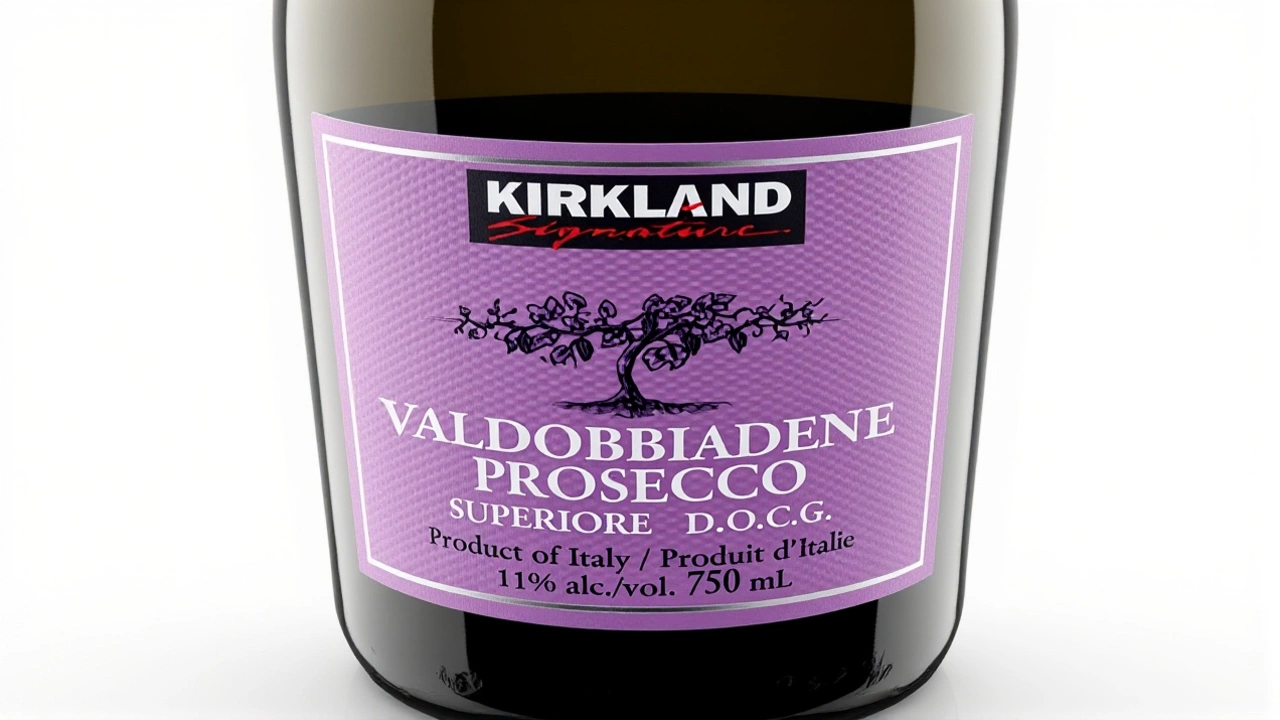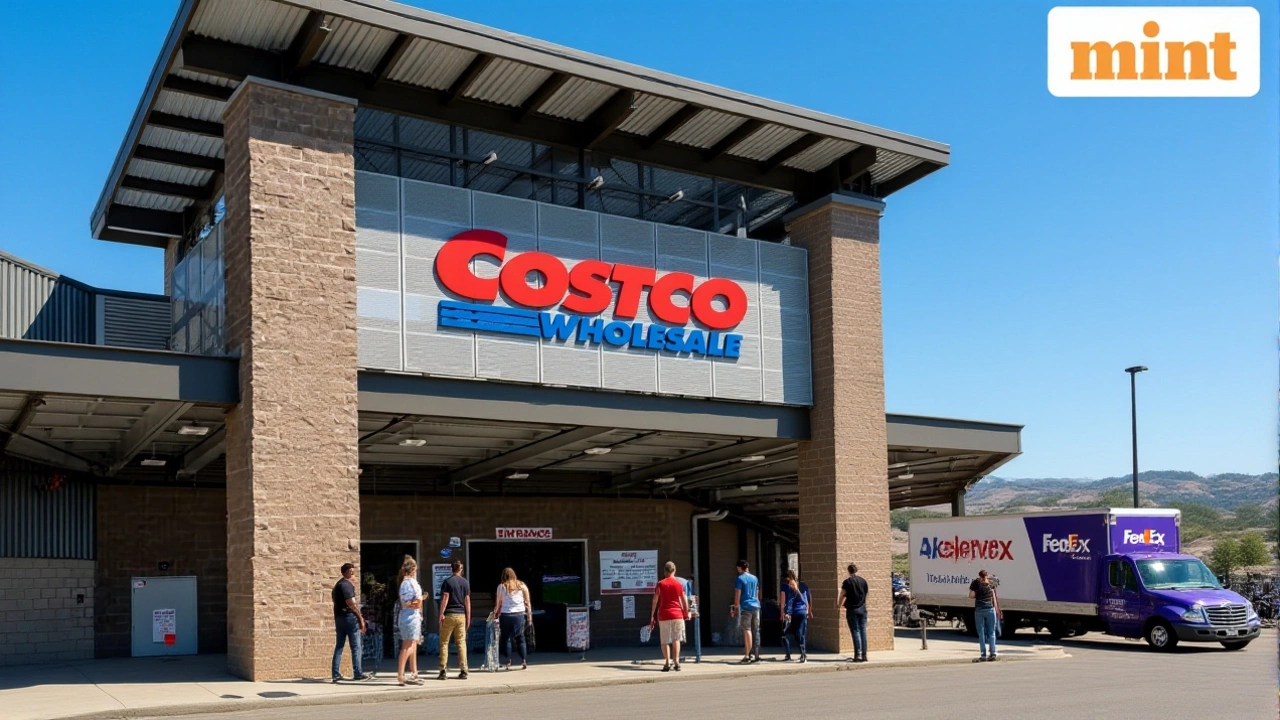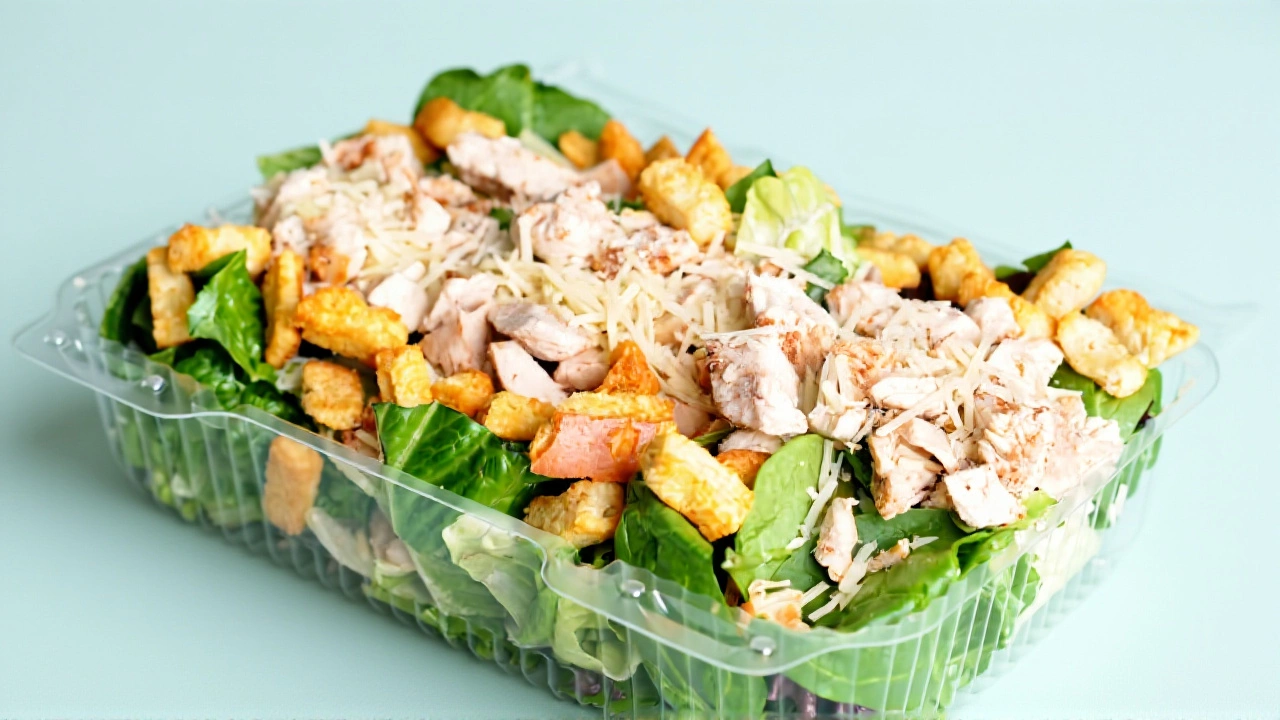On November 7, 2025, Costco Wholesale Corporation quietly pulled two of its most popular ready-to-eat meals from shelves—not because of spoiled meat or mold, but because of plastic. The culprit? Tiny fragments of packaging material found in the Caesar salad dressing that comes with both the standalone Caesar Salad and the Chicken Sandwich with Caesar Salad, both bearing item number 11444. The recall, confirmed in a joint statement with its dressing supplier Ventura Foods, affects products with sell-by dates of October 17 and November 9, 2025, distributed to 27 states from the Midwest to the Southeast. Even if you bought these meals weeks ago and kept them in your fridge, you’re not off the hook. The risk, officials say, is still real.
What’s in the Dressing? And Why It Matters
The contamination wasn’t discovered through routine inspection. It came from customers—three in California, two in Ohio—who reported finding hard, translucent plastic shards in their salads. One woman in Pittsburgh described the texture as "like biting into a plastic wrapper." No injuries were reported, but the potential is terrifying. Plastic fragments larger than 2 millimeters, according to Dr. Jane Smith, Director of Food Safety at the Johns Hopkins Center for a Livable Future, can cause intestinal perforation, especially in children and seniors. "It’s not about sharpness," she said in a November 20, 2025, statement. "It’s about how the body reacts to foreign material that doesn’t break down." The dressing, produced by Ventura Foods in Brea, California, is used in over 1.2 million units of the affected products. The company, founded in 1996 and operating 12 plants nationwide, has not disclosed the exact source of the contamination but pledged to overhaul its production line inspections. "We’re implementing rigorous testing protocols across all production lines," the company said in its November 7 statement. Costco, headquartered in Issaquah, Washington, is offering full refunds through December 31, 2025, via its customer service line: 1-800-774-2678.A Pattern, Not an Accident
This isn’t the first time plastic has turned up in American food this year—and it won’t be the last. In April 2025, Wells Enterprises, Inc., maker of Blue Bunny ice cream, recalled certain frozen desserts after plastic was found in the packaging. In July, Kayem Foods pulled 24,187 pounds of chicken sausage from its Chelsea, Massachusetts facility after customers found plastic in the meat. And just days before, Danone U.S. recalled every flavor of YoCrunch® yogurt because the crunchy topping contained 7- to 25-millimeter plastic shards—enough to choke a toddler. The numbers tell a grim story. In 2024, the U.S. recorded 1,842 food recalls—a 17.3% jump from 2023. Of those, 12.8% involved plastic contamination, up from just 8.2% the year before. The Plastic Pollution Coalition, a global alliance of over 1,500 organizations, called it a "five-year high," with 2025 showing no signs of slowing. "We know most packaged foods contain microplastics," said CEO Dianna Cohen in an October 6, 2025, update. "But recalls of visible, harmful plastic fragments? That’s new. That’s alarming."
Who’s Watching? And What’s Next?
State agencies are scrambling. The North Carolina Department of Health and Human Services issued alerts to 1,247 retailers on November 10, 2025, referencing FDA recall number F-2511-2025 and USDA FSIS number 092-2025. The U.S. Food and Drug Administration has scheduled a public meeting on December 5, 2025, to review plastic contamination protocols. Comments are due by January 15, 2026. But the deeper question remains: Why now? Experts point to cost-cutting in packaging, increased automation, and aging machinery. Many suppliers now use high-speed robotic arms to dispense dressings or toppings—machines that weren’t designed to detect tiny plastic flakes from worn-out seals or broken conveyor belts. "We’ve automated the process but not the safety," said one former packaging engineer who spoke anonymously. "The machines don’t blink. They don’t pause. They just keep running."What Consumers Should Do
If you bought either product with those sell-by dates, don’t eat it. Don’t toss it. Return it to any Costco for a full refund. Even if the salad’s been open for days, the dressing may still contain fragments. The FDA and USDA stress: "No one should consume these products under any circumstance." And if you’ve already eaten one and feel unwell—nausea, abdominal pain, vomiting—contact a doctor immediately. Document what you ate, when, and what symptoms appeared. That data could help regulators trace the source.
Behind the Scenes: The Supply Chain Blind Spot
Costco’s model relies on bulk sourcing and minimal packaging. That’s efficient. But it also means fewer layers of oversight. The dressing isn’t made in-house. It’s made by Ventura Foods, which supplies dozens of retailers. One faulty batch can ripple across the country. And because the salad and sandwich share the same item number, the recall is broad—no way to isolate just one product. It’s a systemic flaw. This recall follows another in October: Costco’s recall of nearly a million bottles of Kirkland Signature Prosecco after glass shards were found in the wine. Two major recalls in six weeks. Coincidence? Or a warning sign?Frequently Asked Questions
How do I know if my Costco salad is part of the recall?
Check the item number on the packaging—it must be 11444. Then verify the sell-by date: October 17 or November 9, 2025. These products were sold in 27 states, including Illinois, Michigan, Ohio, Pennsylvania, New York, Georgia, North Carolina, and Florida. If you’re unsure, call Costco’s customer service at 1-800-774-2678. They can verify your purchase using your receipt or membership number.
Is it safe to eat the salad if I removed the dressing?
No. While the plastic was found in the dressing, cross-contamination is likely. The salad greens were tossed in the same batch of dressing, and plastic particles may have settled on the chicken or lettuce. Even if you rinse it, microscopic fragments could remain. The FDA and USDA advise against consumption under any circumstances.
Why didn’t Costco catch this before the recall?
Costco relies on its suppliers for quality control. Ventura Foods handles the dressing production and packaging. Costco’s internal testing focuses on bulk items, not pre-packaged meals. The contamination was first reported by consumers, not detected in inspections. This highlights a gap in the supply chain’s safety net—retailers often trust suppliers more than they audit them.
Are other Costco ready-to-eat meals at risk?
There’s no evidence yet, but experts are concerned. Costco sells over 200 pre-packaged meals. Many use similar suppliers for dressings, sauces, and toppings. The same Ventura Foods plant that made this dressing also supplies other retailers. Until the source is confirmed and fixed, it’s prudent to assume other items could be vulnerable. Watch for future recalls.
What’s being done to prevent this from happening again?
Ventura Foods says it’s installing new metal and plastic detectors on all production lines by January 2026. The FDA will publish updated guidelines in February 2026 after its December meeting. But long-term solutions require better packaging materials and more frequent supplier audits. For now, consumers are being asked to act as the last line of defense—by returning suspicious products and reporting symptoms.
How does this relate to broader plastic pollution concerns?
This recall is part of a sharp rise in visible plastic contamination in food. The Plastic Pollution Coalition reports that 2024 saw 12.8% of all food recalls linked to plastic—up from 8.2% in 2023. While microplastics are everywhere, this is about macro-contamination: chunks large enough to swallow, choke, or injure. It’s not just an environmental issue anymore—it’s a public health emergency.
